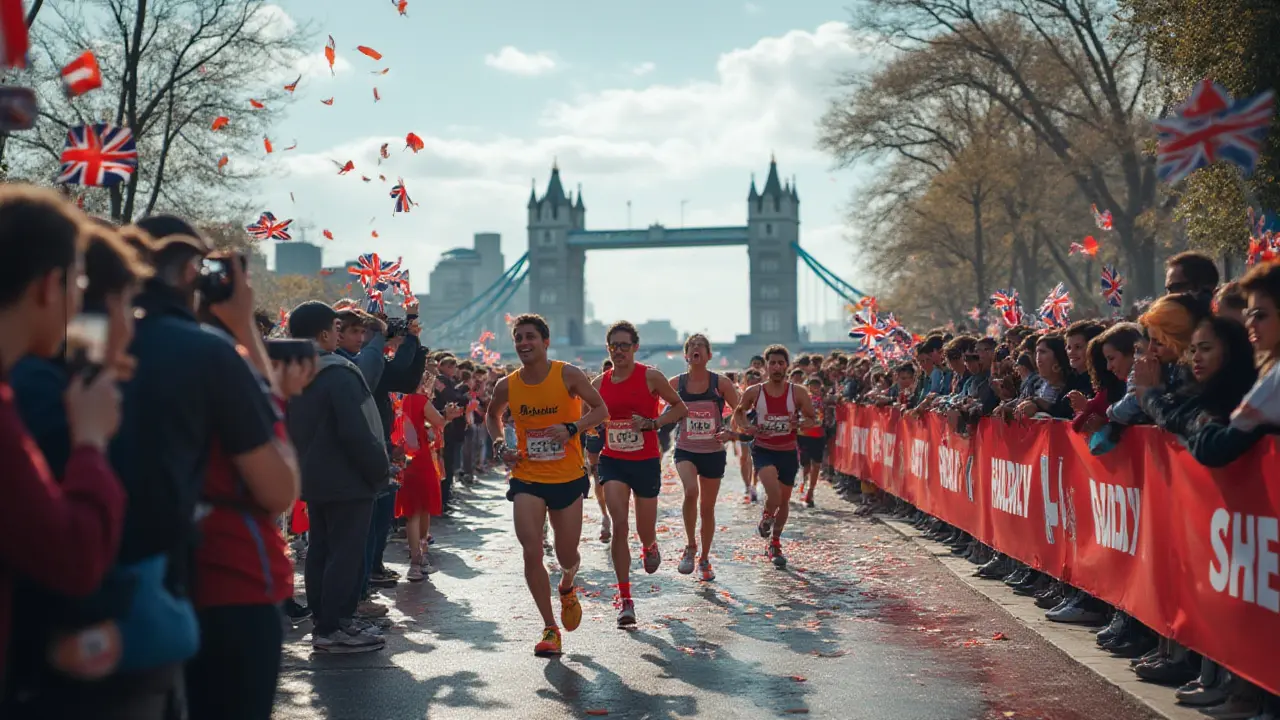London Marathon Course – What You Need to Know
Planning to tackle the London Marathon? Knowing the route inside out can boost confidence and help you hit your goal time. The 26.2‑mile chase winds through famous sights, flat stretches and a few tricky turns. Below you’ll find the must‑know facts, practical tips and a quick pacing cheat sheet.
Route Overview – From Start to Finish
The race kicks off at Blackheath in Southeast London. Runners head north on the A2, crossing the Thames at Tower Bridge – a perfect spot for a burst of adrenaline. After the bridge, the course snakes past the Tower of London, then slides into the financial district. You’ll pass the Gherkin, the Tobacco Dock and the historic St. Paul’s Cathedral.
Mid‑race, the route dips into the West End, taking you past Trafalgar Square, Covent Garden and the iconic Buckingham Palace. The final kilometre loops around the Queen’s Walk, finishing on The Mall with the Union Flag flying high. The flat profile makes it a fast race, but the crowd energy at each landmark can be a distraction – stay focused.
Practical Tips for a Smooth Run
Start early on race day. The early start minimizes heat and puts you ahead of the biggest crowds at Tower Bridge. Hydration stations appear roughly every 5 km, but you’ll still want a personal water bottle for the first few miles. Keep an eye on the road signs – a few are temporary and can be easy to miss.
Plan your transport in advance. The Marathon shuts down many Tube lines, but the Overground and buses run special services. Most runners use the dedicated marathon shuttle from the start to the 10‑km mark. Book your post‑race transport early; trains from Waterloo to central stations fill up fast.
Use the landmarks as pacing checkpoints. For a 4‑hour finish, aim for roughly 9:09 per mile. If you hit Tower Bridge at 45 minutes, you’re on track. A quick 5‑km split at the Tower of London should be around 22 minutes. These visual cues keep you honest without pulling out a watch.
Dress for the weather, not the competition. London in April can swing from chilly to surprisingly warm. Layering works best – a light, breathable base, a zip‑up for the early miles, and a waterproof jacket if rain looks likely. Shoes should be broken in but still have enough cushioning for the long distance.
Nutrition matters. Aim for 30‑60 grams of carbs per hour – energy gels, bananas or a sports drink work fine. Test any new foods in training to avoid stomach surprises on race day.
Finally, soak up the crowd vibe. Spectators line the entire route, especially around the bridges and landmarks. A quick high‑five can lift your spirits and give you that extra push in the final stretch.
With the route mapped out, the right gear and a solid pacing plan, you’ll be ready to enjoy the London Marathon and maybe even beat your personal best. Good luck, and happy running!
- Corbin Halesworth
- March 12, 2025
- Comments 0

